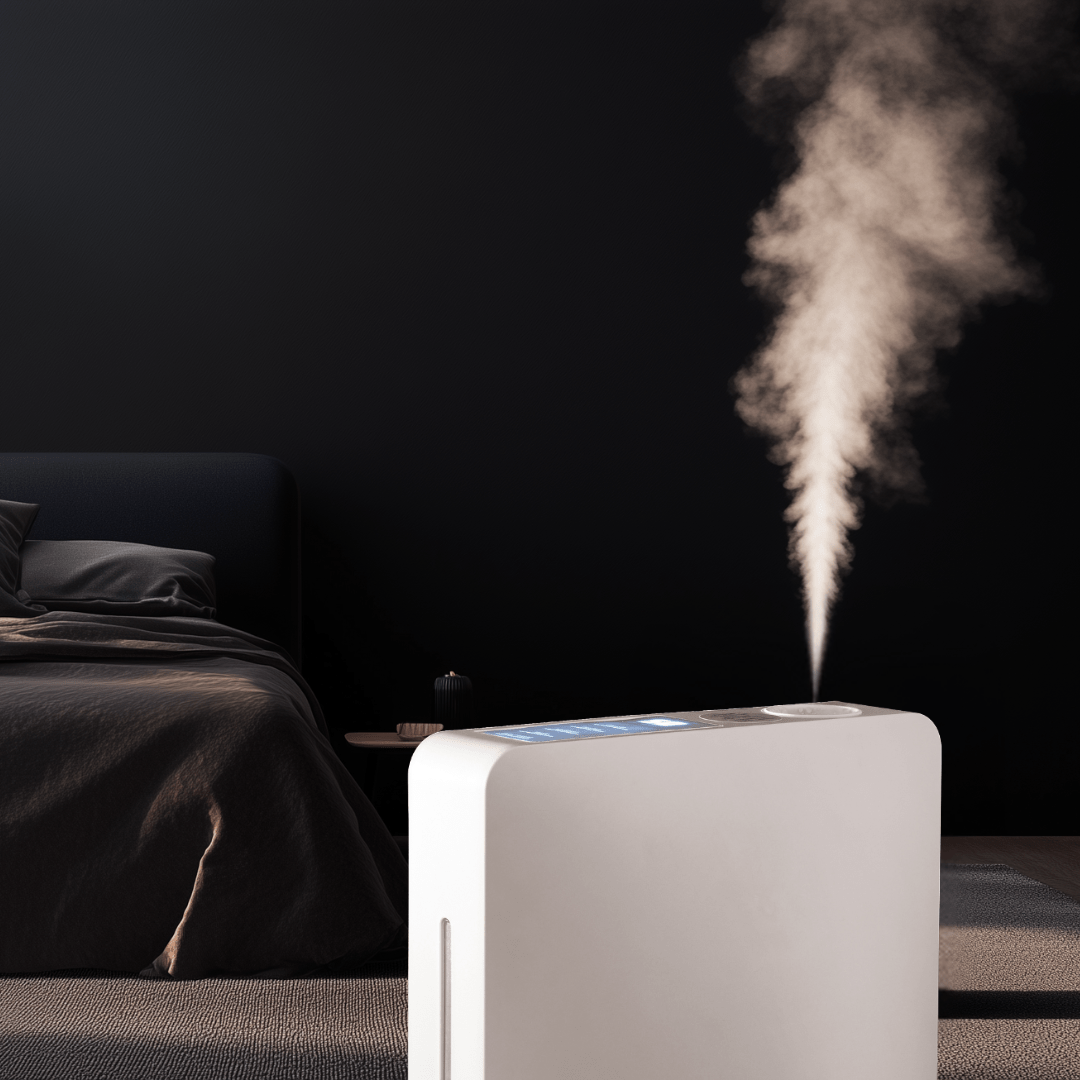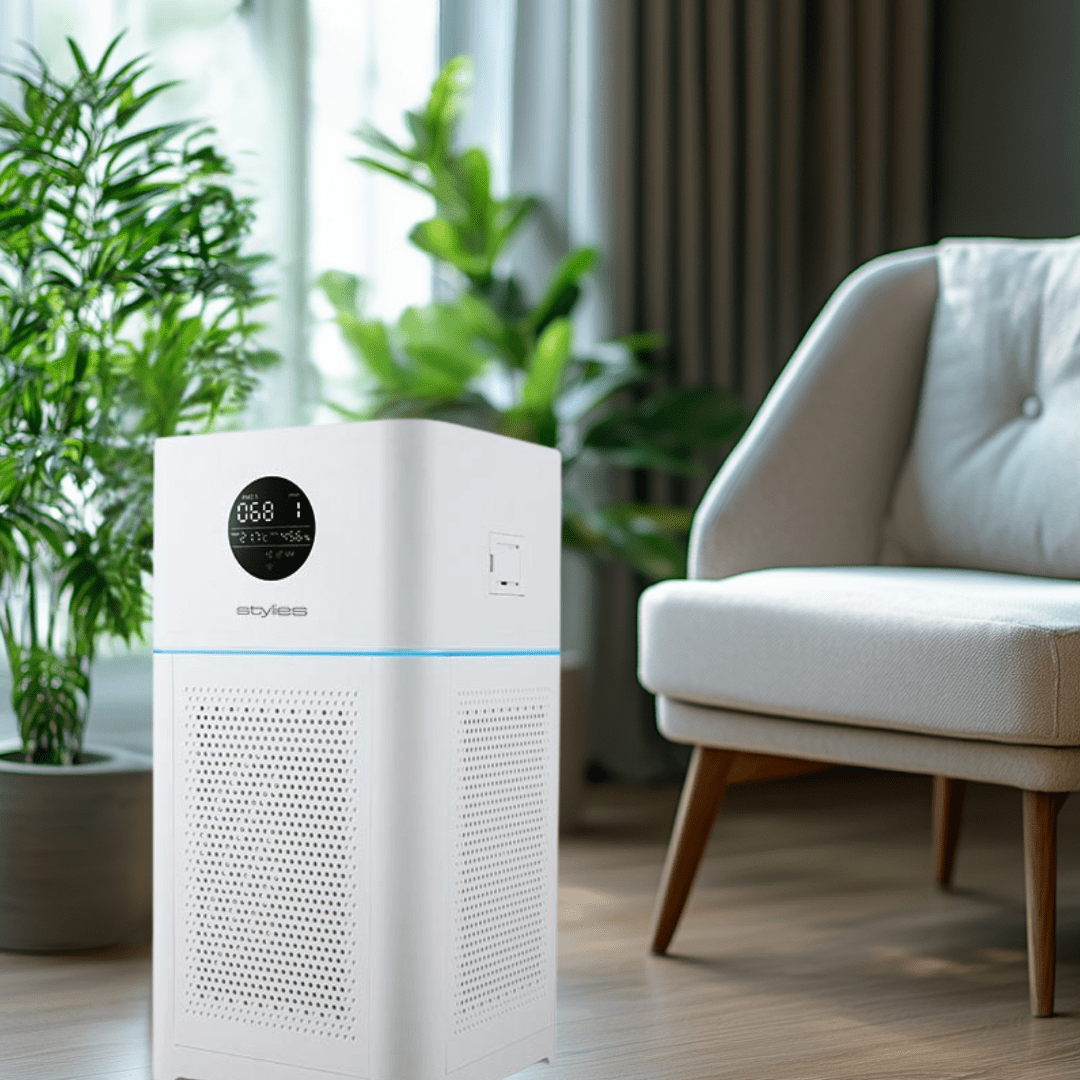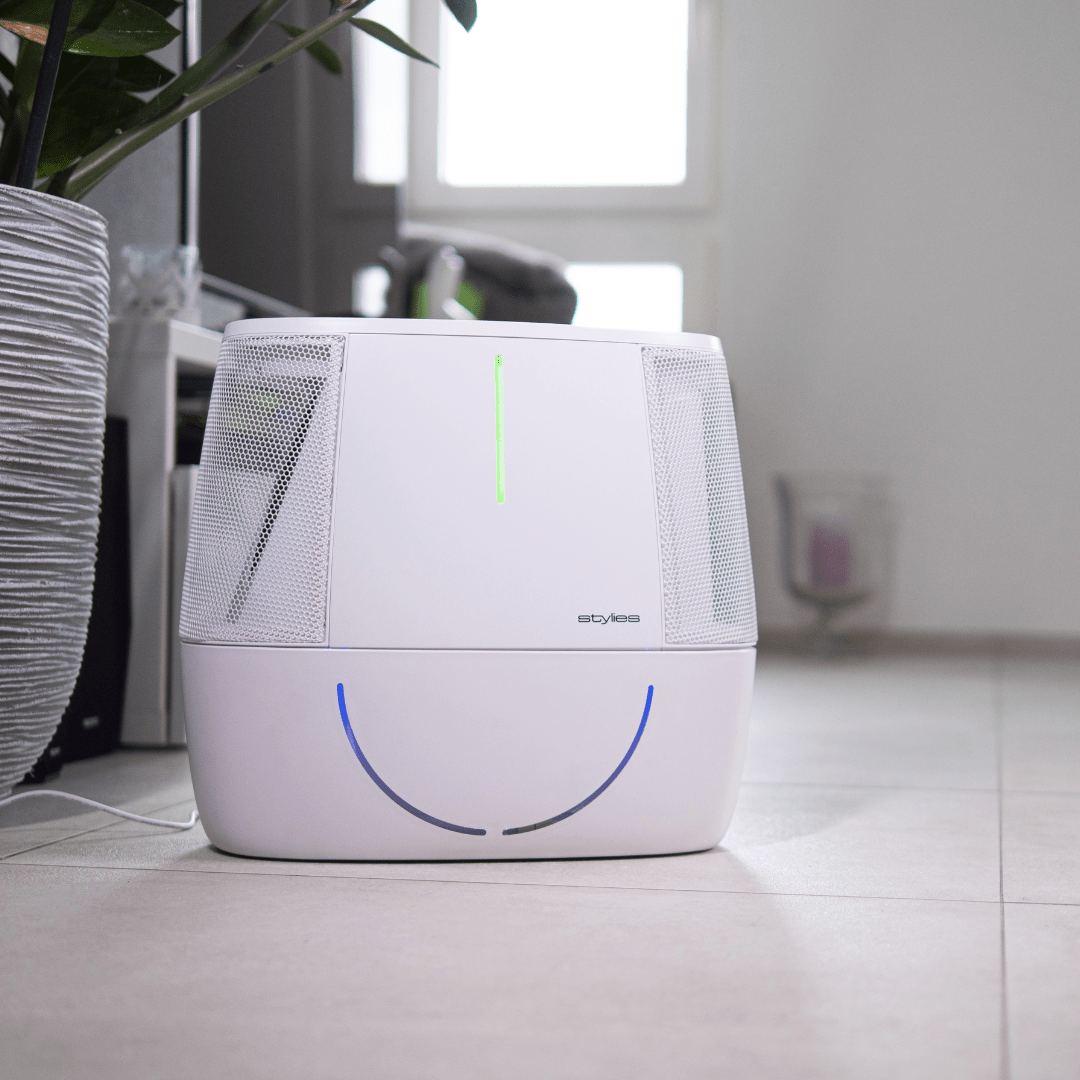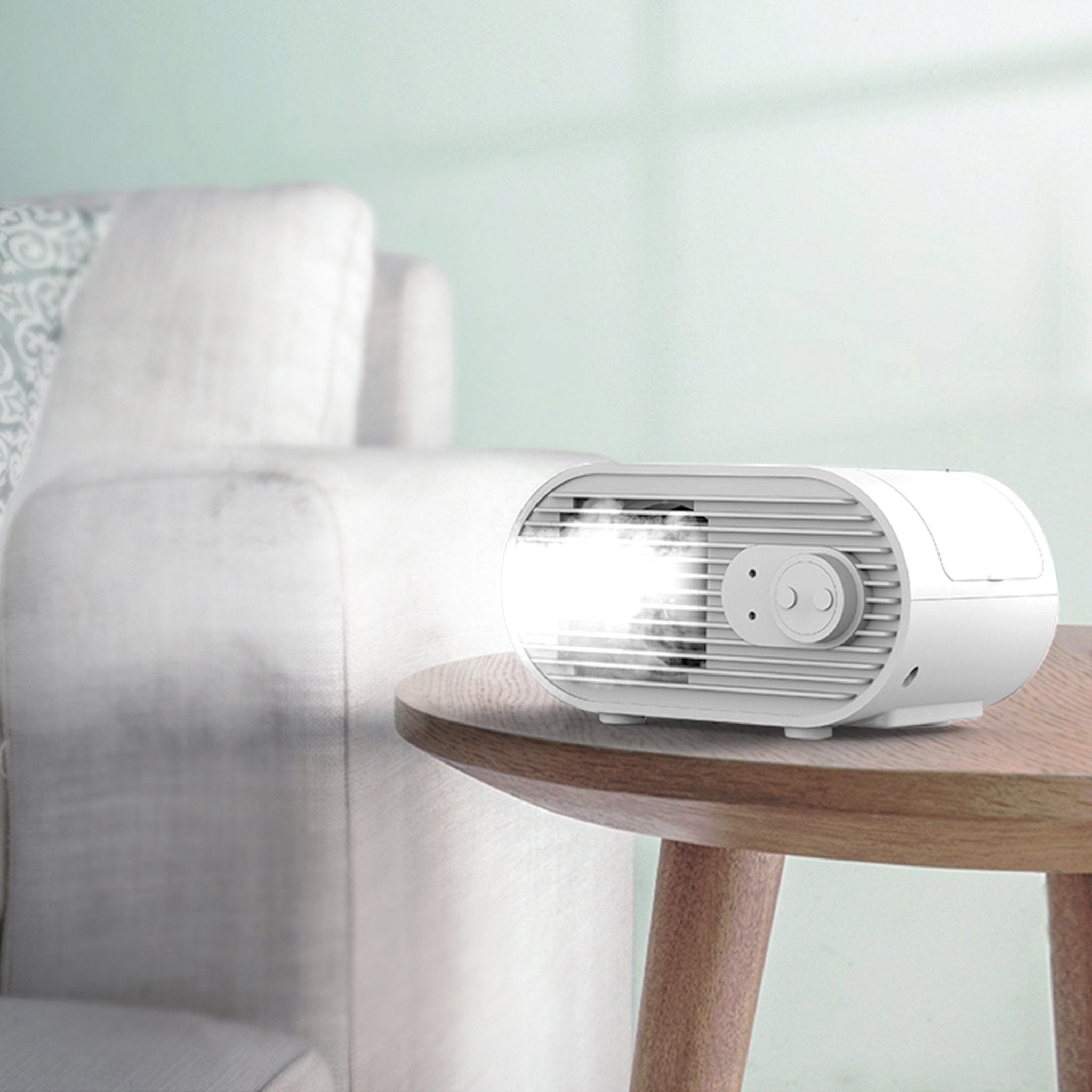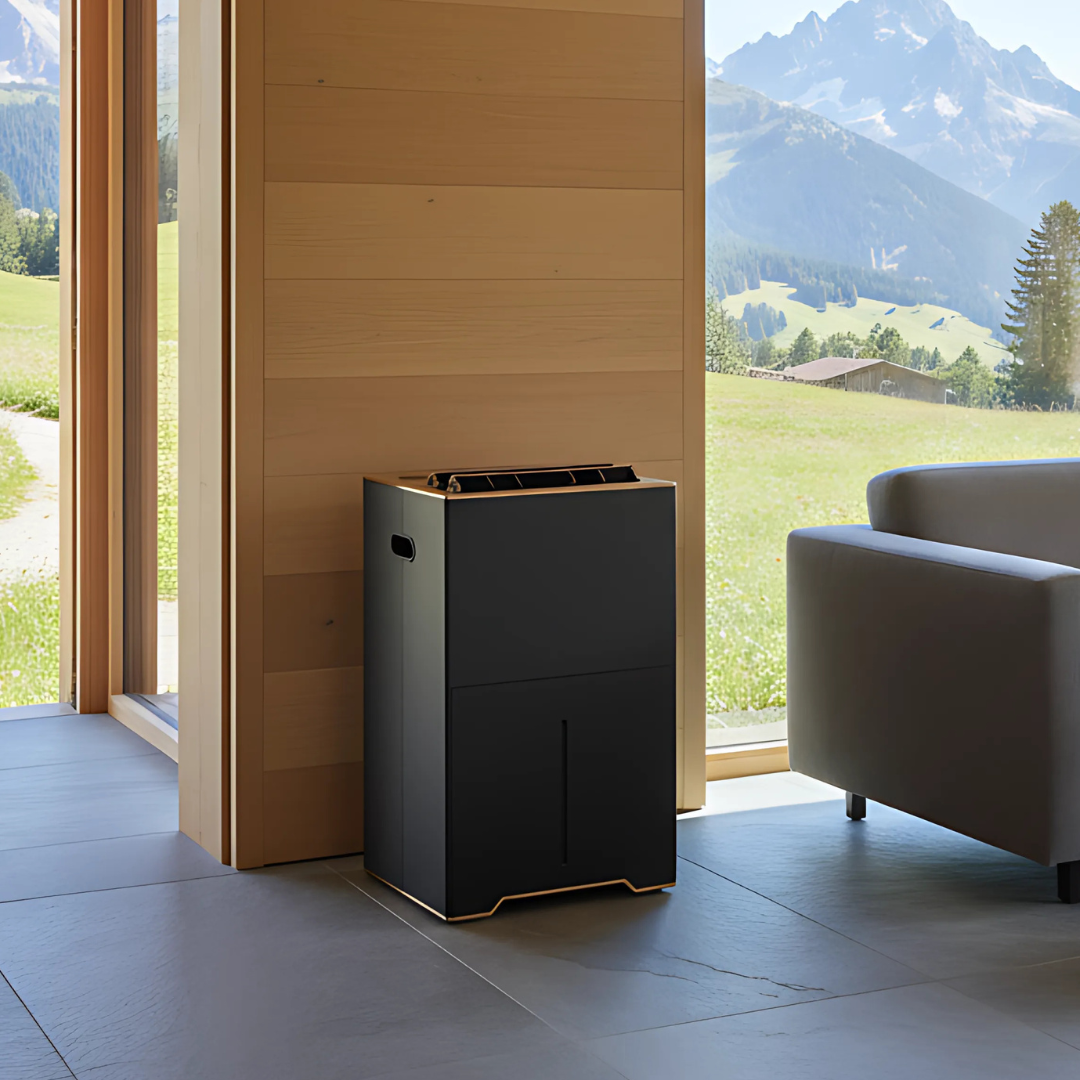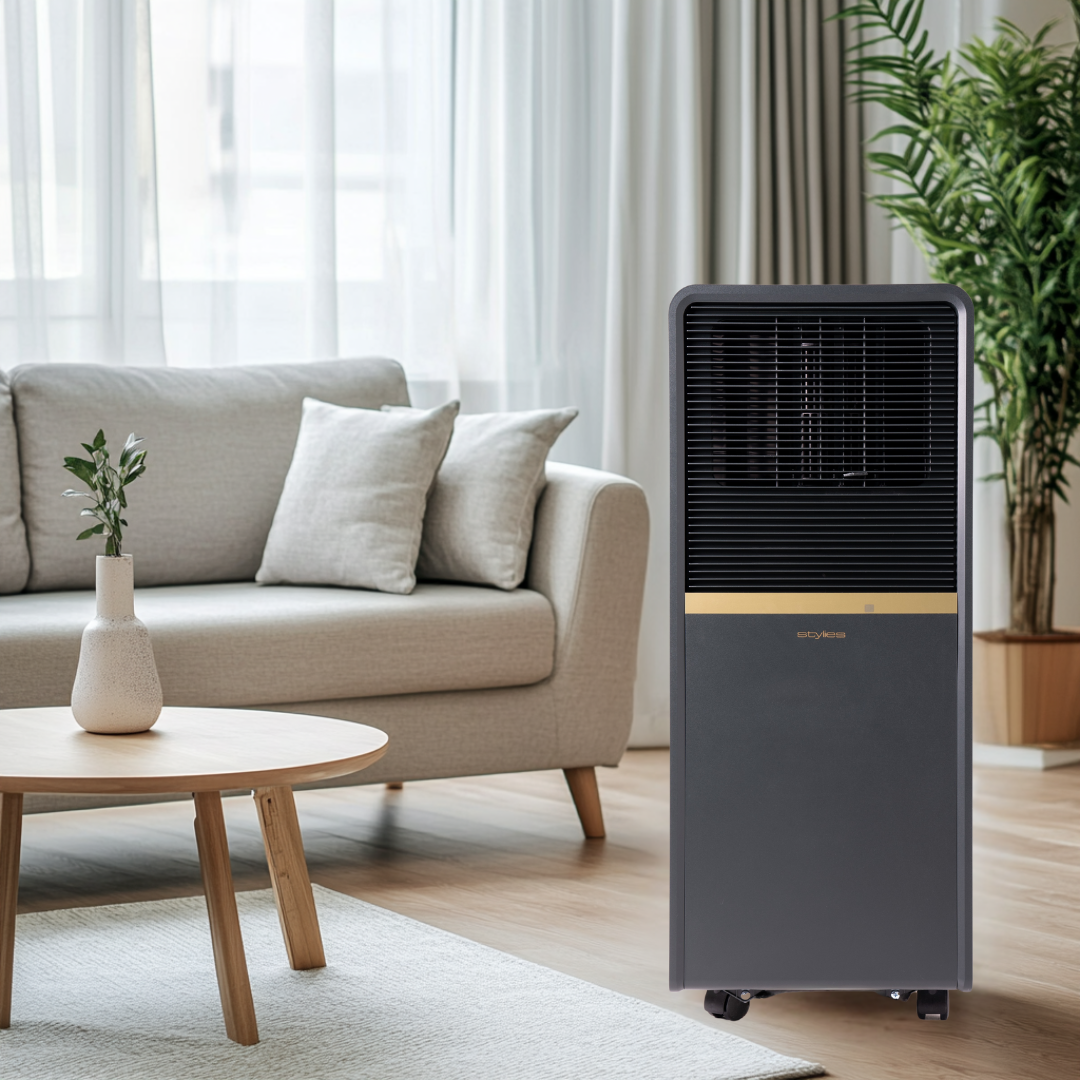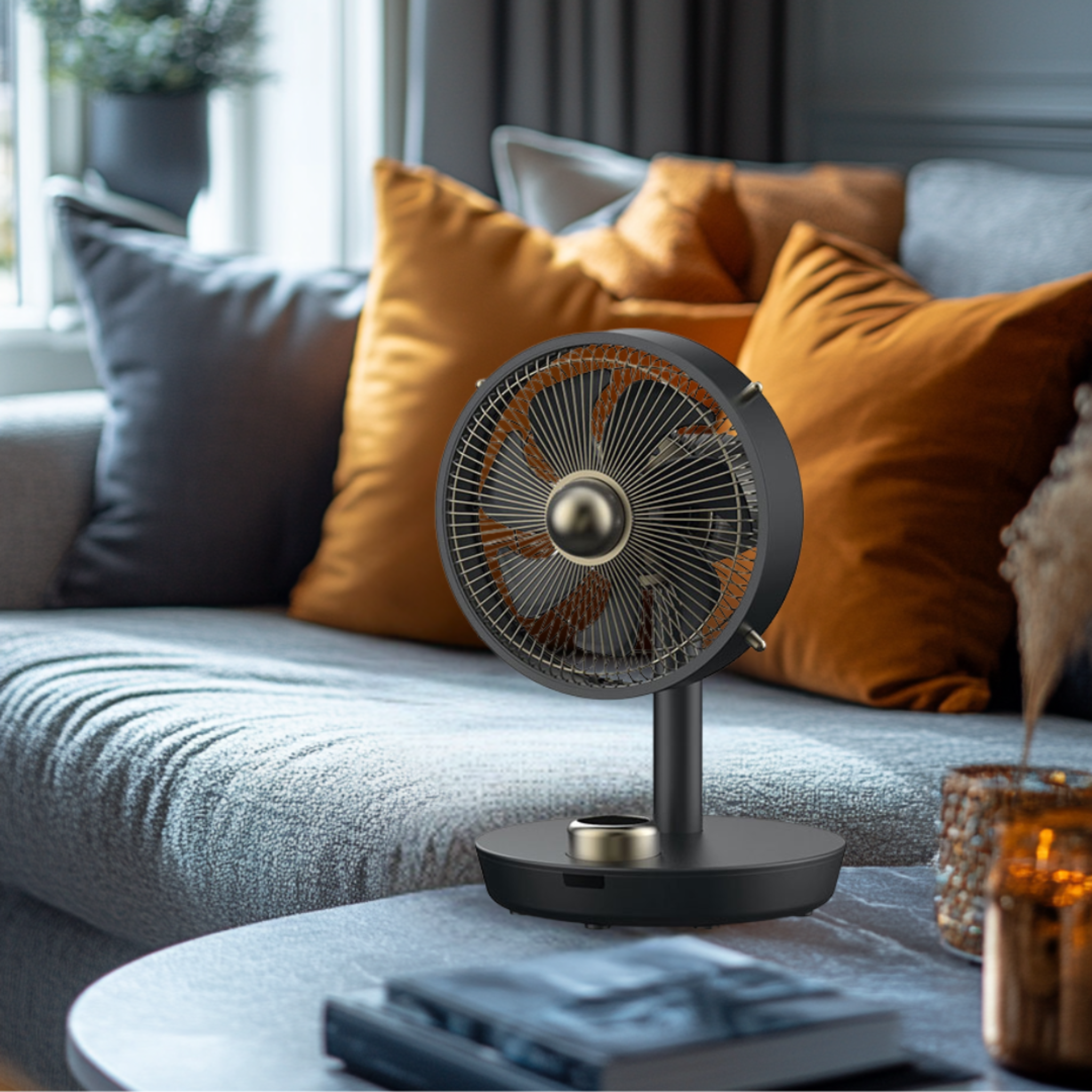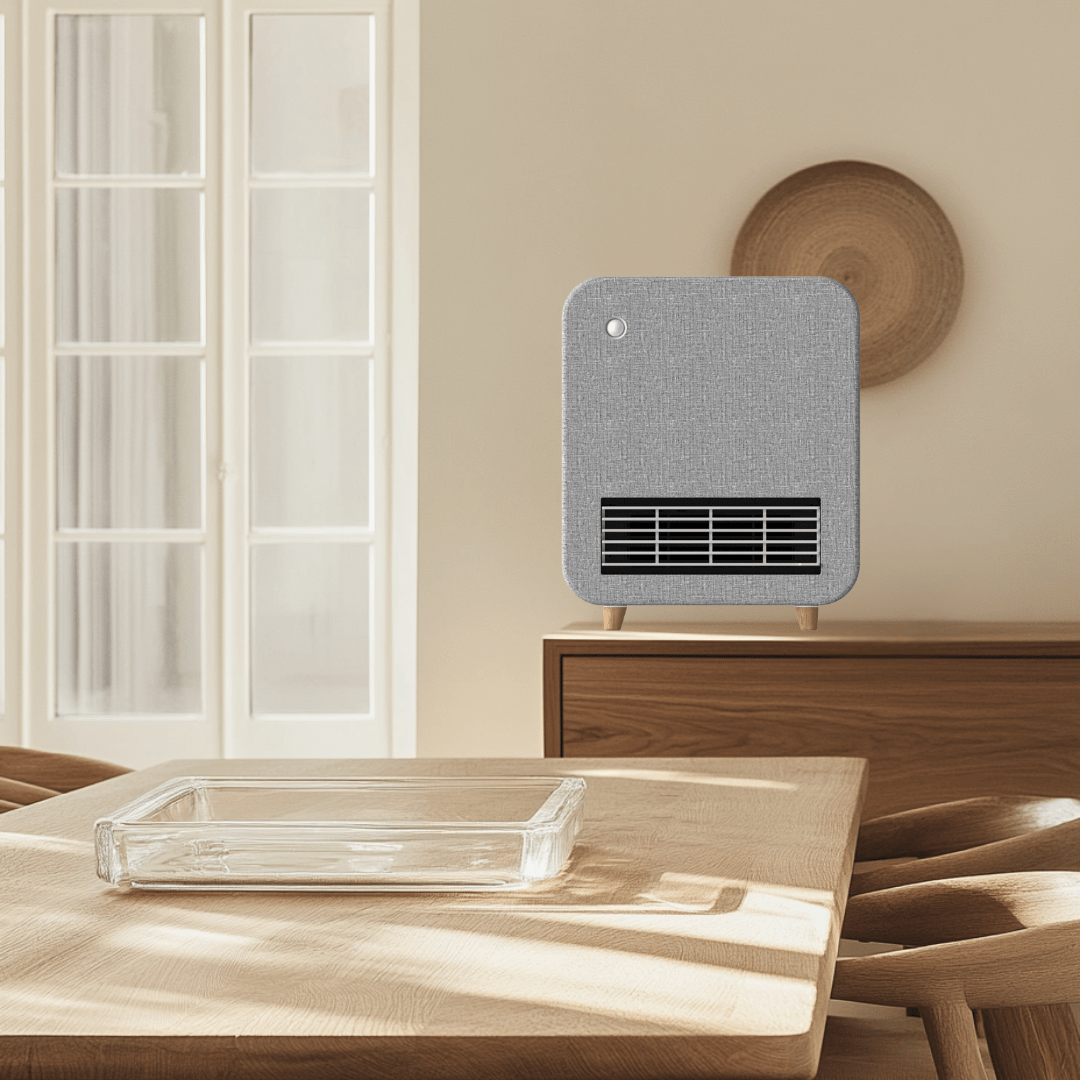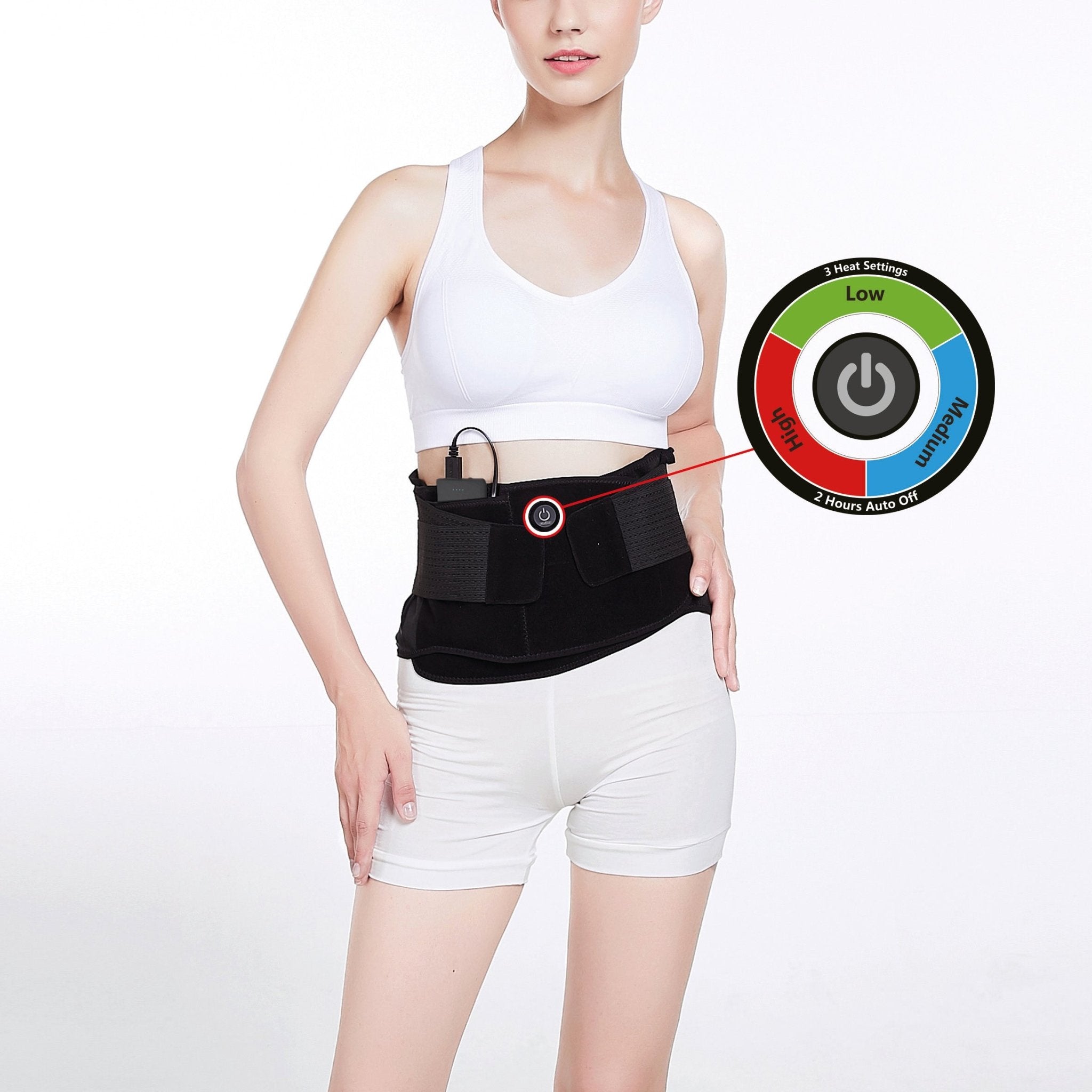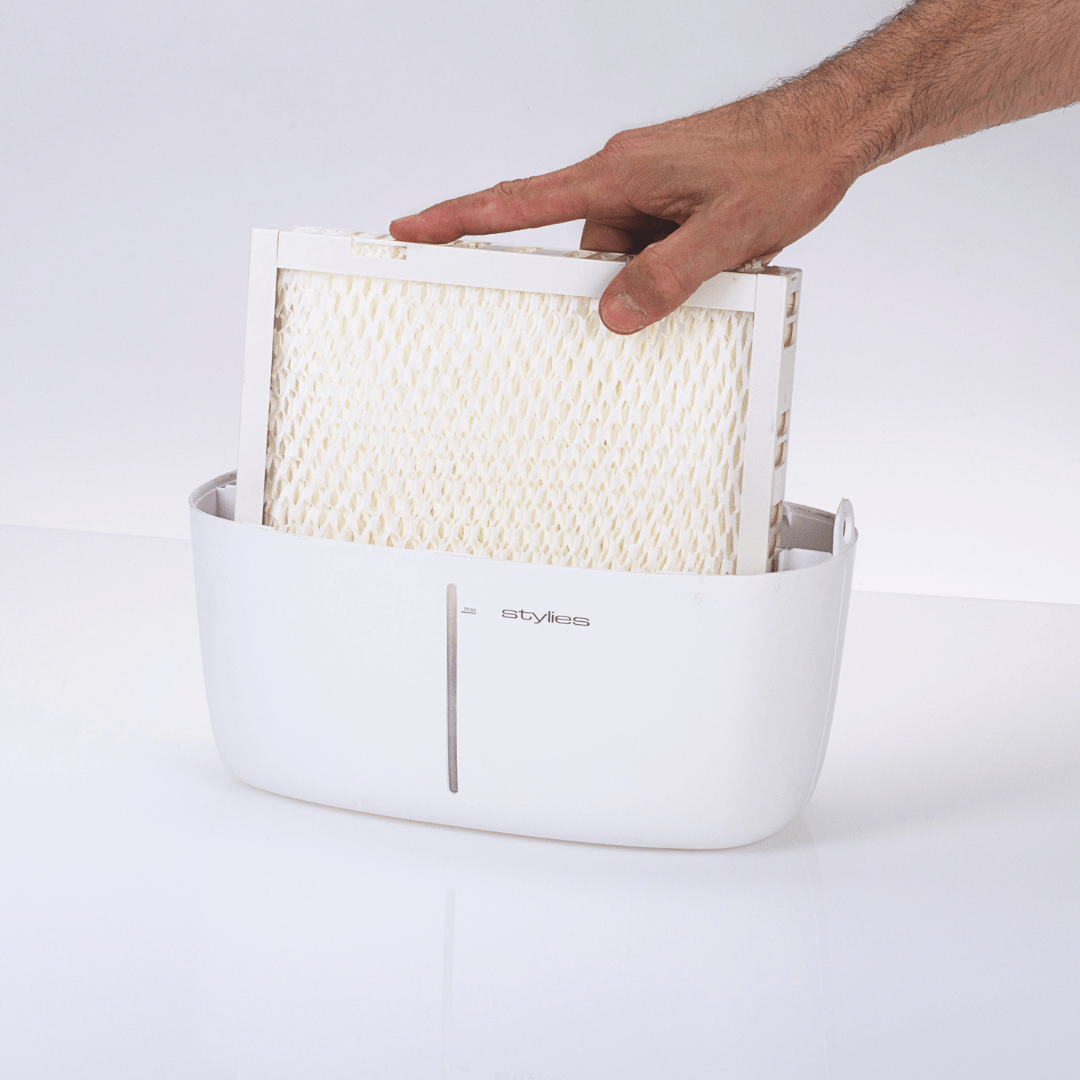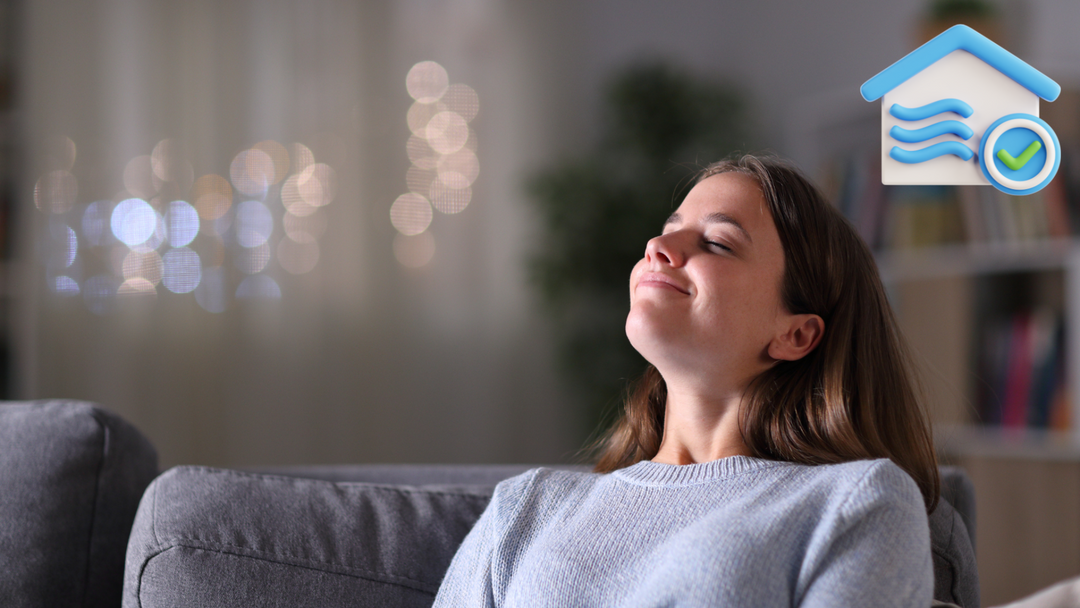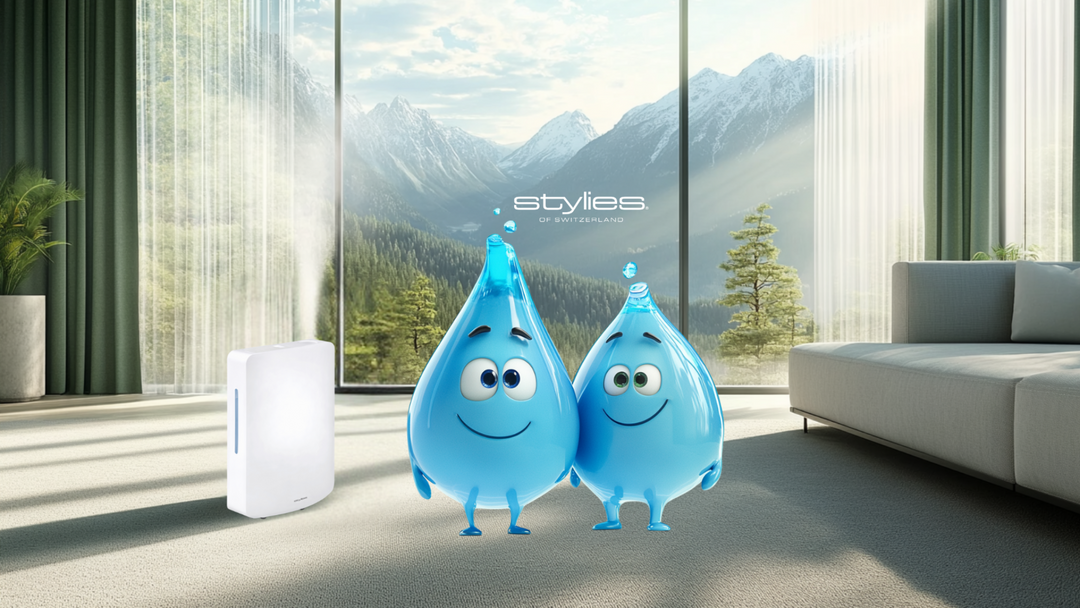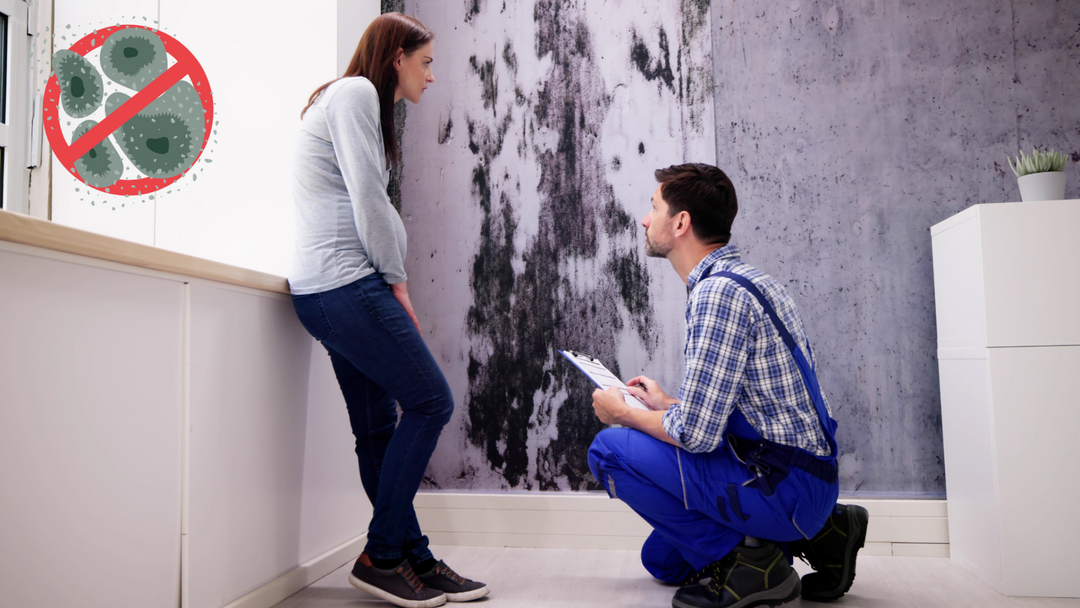Deep Dive | Optimal humidity in living spaces
Why is humidity important?
Deep dive into the topic:
Humidity between 40 and 60 percent is optimal.
The optimal humidity level is between 40 and 60 percent. This range promotes well-being, protects our health, preserves the building structure, and extends the lifespan of furniture, musical instruments, or parquet floors. Deviations above or below this level, however, can cause noticeable discomfort and even damage.
Too dry air: Underestimated danger in winter
When the relative humidity falls below 40% , the air is said to be dry – a common phenomenon in winter when cold outside air is dehumidified indoors by heating.
Possible consequences:
-
Irritation of the mucous membranes (nose, throat, bronchi)
-
Dry, itchy skin and chapped lips
-
Burning or dry eyes
-
Sleep disorders, increased snoring
-
Higher risk of infection: Flu viruses remain active longer in dry air
Objects also suffer:
-
Wood (furniture, parquet, musical instruments) warps and cracks
-
Paintings or paper products can become brittle
-
Static charging of textiles and plastics
💡 Tip: During the heating season, ensure sufficient humidity, especially in bedrooms and children's rooms.
Too humid air: mold, allergens and energy loss
A permanently high humidity level of over 60% relative humidity promotes microbial growth and also has a negative effect.
Risks of excessive humidity:
-
Mold formation on walls, behind cupboards or on windows
-
Proliferation of house dust mites – bad for allergy sufferers
-
Fatigue and sleep problems due to “heavy” air
-
Higher energy consumption: damp walls insulate less well
Particularly at risk are:
-
Bathroom and kitchen (steam formation)
-
Bedroom (at night, breathing creates a lot of moisture)
-
Basement rooms (cool walls = risk of condensation)
💡 Tip: Actively ventilate after showering, cooking, or sleeping. Humid air needs to be released before it settles.
Relative vs. absolute humidity: What matters in everyday life?
Relative humidity (RH) indicates how much moisture is in the air compared to the maximum possible at a given temperature – in percent .
Absolute humidity, on the other hand, measures the actual amount of water in grams per cubic meter. Relative humidity is the key indicator for living spaces, as it provides information about the subjective indoor climate.
📏 Measuring made easy: A digital hygrometer helps you keep an eye on humidity. Ideally, it's combined with a thermometer.
Optimal humidity & temperature – explained room by room
Optimal relative humidity – room by room
| Space | Recommended humidity | Ideal temperature | Why? |
|---|---|---|---|
| Living room / office | 40–60% | 20–22 °C | Frequent stay, comfort zone |
| bedroom | 40–60% | 16–18 °C | Less heated, humidity increase at night due to respiration |
| nursery | 40–60% | 20–23 °C | Children are more sensitive to dryness |
| Kitchen | 50–60% | 18–20 °C | Steam when cooking → ventilate directly |
| bathroom | 50–70% (short-term) | 20–23 °C | High humidity peaks, but good ventilation necessary |
| cellar | 50–65% | 10–15 °C | Danger of summer condensation – only ventilate when the outside air is cool |
Optimal absolute humidity – room by room
| Space | Temperature (°C) | relative humidity (%) | recommended absolute humidity (g/m³) |
|---|---|---|---|
| Living room / office | 20–22 °C | 40–60% | 6.9 – 12.7 g/m³ |
| bedroom | 16–18 °C | 40–60% | 5.5 – 10.0 g/m³ |
| nursery | 20–23 °C | 40–60% | 6.9 – 13.4 g/m³ |
| Kitchen | 18–20 °C | 50–60% | 7.6 – 11.5 g/m³ |
| bathroom | 20–23 °C | 50–70% | 8.4 – 15.6 g/m³ |
| cellar | 10–15 °C | 50–65% | 4.7 – 8.3 g/m³ |
📌 Notes:
-
The values are rounded and based on the physical saturation values for water vapor at the respective temperature (e.g. 100% RH at 20 °C = approx. 17.3 g/m³).
-
This information is helpful for professional room air analysis or when using dehumidifiers/humidifiers with absolute value displays.
-
In everyday life, relative humidity is usually sufficient as a guideline – but absolute humidity is particularly helpful in ventilation strategies , e.g. to avoid summer condensation in the cellar .
Special features in different seasons
-
Winter: Cold outside air is extremely dry → when heating, relative humidity often drops below 30%. Dry air leads to typical winter ailments (cough, dry skin, susceptibility to infections).
-
Summer: Warm air contains a lot of water vapor. When it enters cool rooms (e.g., basements), it can condense on cold walls— risk of mold growth due to summer condensation!
🔁 Ventilate properly:
-
Winter: Ventilate 3–4 times a day for 5–10 minutes
-
Summer: Ventilate only when it is cooler and drier outside (morning/late evening)
Measures for a healthy indoor climate
If the air is too dry:
-
Use a humidifier with a hygrostat (clean regularly!)
-
Houseplants (e.g. spider plant, papyrus, areca palm)
-
Place bowls of water on radiators
-
Hang damp cloths (wet laundry on the rack) overnight
If the air is too humid:
-
Ventilate thoroughly after cooking, showering or sleeping
-
Place furniture at a distance from the wall
-
Use a dehumidifier
-
Only ventilate basement rooms when the outside air is dry
Conclusion: The right humidity protects people, furniture and walls
An indoor climate with 40 to 60% relative humidity is key to health, comfort, and maintaining the value of your living space. With simple measures such as regular ventilation, plants, or mobile technology, air quality can be controlled in a targeted manner. This will turn your home into a truly comfortable place – in summer and winter.
Expert knowledge from Stylies, the Swiss manufacturer of high-quality air conditioning units, in cooperation with Daniel Gwerder (CDO of Tavora Brands AG). For over 20 years, Daniel Gwerder has been committed to healthy indoor air and shares his in-depth knowledge here – understandable, preventative, and practical.
👉 You can find out more about Daniel on LinkedIn
👉 Discover Stylies air conditioners on Stylies


